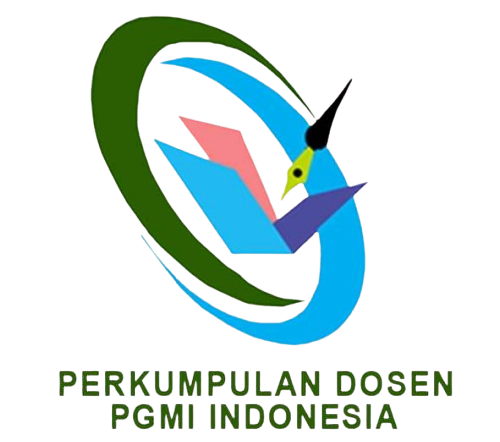-
Definition of Plagiarism: Plagiarism is the act of presenting someone else's work, ideas, or words as one's own without proper acknowledgment or attribution. This includes copying, paraphrasing, or summarizing another person's work without giving appropriate credit. Plagiarism also extends to self-plagiarism, which involves reusing significant portions of one's own previously published work without proper citation.
-
Prohibited Actions: The journal strictly prohibits any form of plagiarism in submitted manuscripts. Authors are expected to ensure that their work is original and does not infringe upon the intellectual property rights of others. Plagiarism includes, but is not limited to, the following actions:
a. Directly copying verbatim text from another source without quotation marks and proper citation.
b. Paraphrasing or summarizing another person's work without providing adequate attribution.
c. Using figures, tables, or images from other publications without obtaining permission and appropriately crediting the original source.
d. Submitting a manuscript that has been previously published in whole or in part, without proper acknowledgment.
e. Engaging in self-plagiarism by reusing significant portions of one's own previously published work without citation. -
Plagiarism Detection: The journal employs plagiarism detection tools to screen all submitted manuscripts for potential instances of plagiarism. These tools compare the submitted work against a vast database of published materials and identify similarities that may indicate plagiarism or improper citation.
-
Consequences of Plagiarism: If plagiarism or any form of academic misconduct is detected in a submitted manuscript, the following actions may be taken:
a. Immediate rejection of the manuscript.
b. Notification of the authors' affiliated institutions or employers about the misconduct.
c. Imposition of a temporary or permanent ban on future submissions by the authors.
d. Reporting the incident to relevant professional organizations or publishing bodies.
e. Retraction of published articles found to contain plagiarized content. -
Proper Citation and Attribution: Authors are responsible for accurately and consistently citing and attributing all sources used in their research. This includes properly referencing direct quotes, paraphrased text, data, and any other intellectual property from external sources. Authors should follow the journal's specific citation style guidelines for accurate referencing.
-
Originality and Authenticity: Authors must ensure that their submitted manuscripts represent their original work and contain no instances of plagiarism. It is essential to provide a clear distinction between the authors' contributions and the existing literature by appropriately citing and acknowledging the sources used.
The journal upholds a zero-tolerance policy towards plagiarism to maintain the highest ethical standards in academic publishing. Authors are expected to understand and adhere to this policy throughout the submission and publication process. By maintaining the integrity of research and intellectual property rights, the journal aims to promote responsible scholarly practices and foster a trustworthy academic community.









